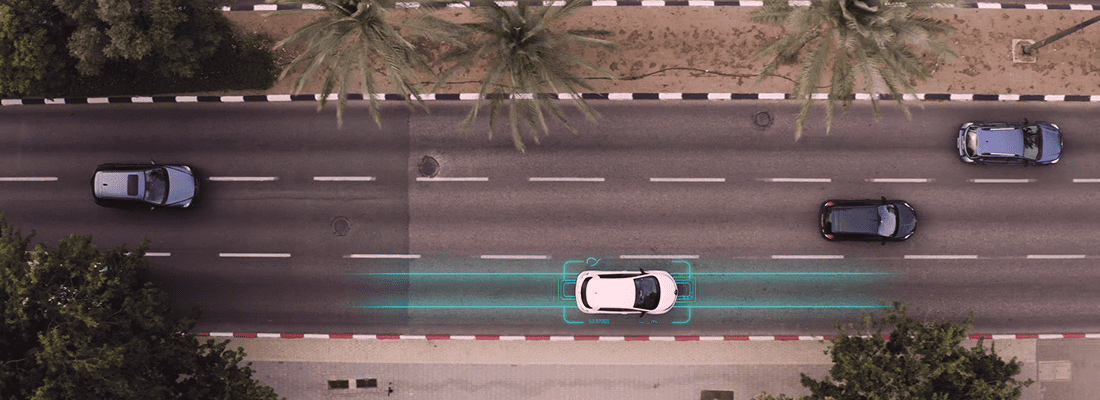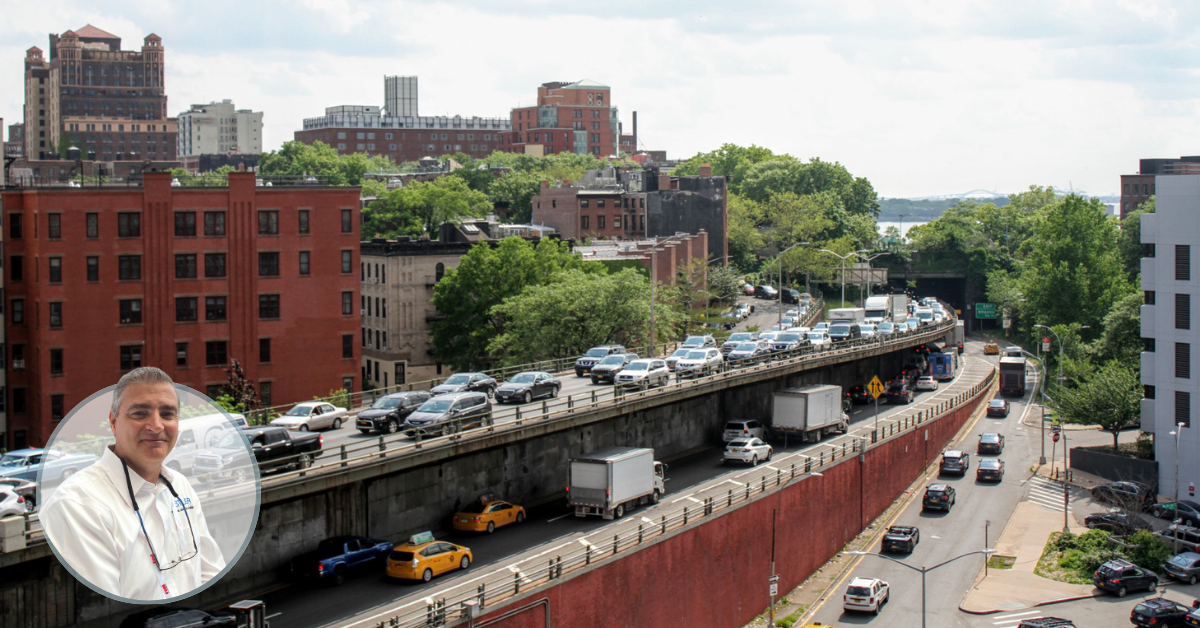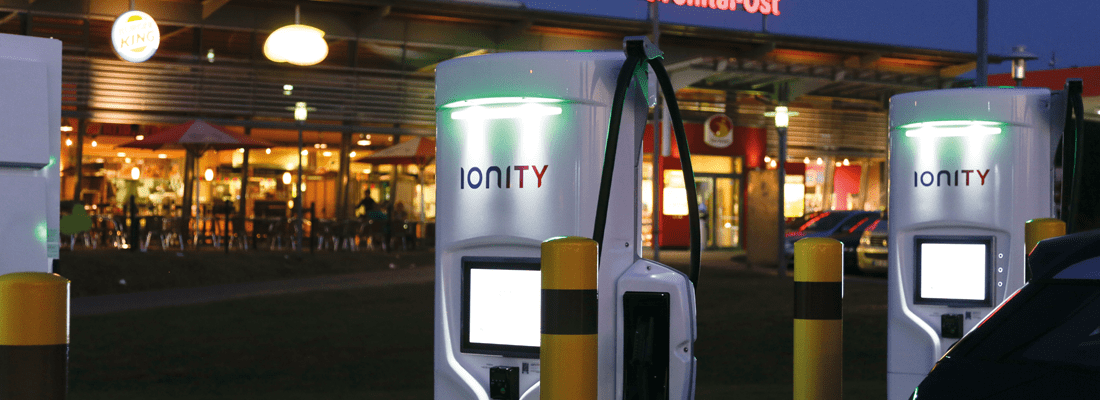Charging electric vehicles (EVs) seems straightforward enough, but there are potential pitfalls in the establishment of a comprehensive infrastructure. The charging network must cater for a growing number of vehicles and expanding at a similar rate to ownership as well as according to differing requirements in different places at different times. It also needs to consider the grid, which must itself increasingly depend on renewables. So, different solutions are likely to be applied, such as forecourt charging, local charge points, home and work (off-peak) charging, induction charge-as-you-drive, AC and fast DC charging.
European governments are subject to international climate agreements and a growing awareness of environmental concerns, so are keen to portray themselves as committed to emissions reduction. For example, the UK government announced recently that electric vehicle charge points are to be fitted in all new homes.
A DfT spokesperson states, “We want to support the growing uptake of electric cars, and for this country to be the first place in the world where every home with an associated parking space has an electric chargepoint. Through our £1.5bn Road to Zero program and £400m promise of funding for e-charging we are serious about the infrastructure for e-cars.”
On September 10, the UK Government announced £400 million funding to help develop rapid charging infrastructure points for EVs, the first £70 million in creating 3,000 new rapid charge points. Following the news, André ten Bloemendal, vice president, Europe, at ChargePoint, described it as a step in the right direction for the EV industry and necessary to get infrastructure in place to remove key logistical barriers to consumer adoption.
However, he adds that there should be more cross-industry collaboration to make current charging stations more accessible for drivers: “The answer to this is a fully interoperable, peer-to-peer roaming solution and charging stations that are designed with integrated contactless payments and ease of use in mind.”
"The roll-out of EV charging stations and charge-points is increasing steadily, but is it quickly enough and in the right places?" – Dr Frank Millard
All this facilitates a speedier adoption of EVs, but other European countries such as Norway have gone a slightly different route, observes Bloemendal’s colleague, Matthew Enevoldson. “Norway has a much smaller and relatively more prosperous population that is generally concentrated in a small area,” he explains. “As such, they have gone the route of making ICE [internal combustion engine] vehicles more expensive through taxation, rather than offering large incentives on buying new vehicles.
“Norway has no value-added tax for EVs, which is 25% on gas and diesel vehicles. There is no registration tax on used car sales, no annual ownership tax, and no fuel tax. Road tolls are ‘fully or partially’ exempt, bus lanes are mostly open to EVs, public parking fees do not apply for EVs and there is plenty of free charging. Ultimately, the use of extensive low emission zones in large urban centers have made EVs the best option for most drivers.
“This method is obviously successful, but with a population of just 5.25 million, the losses seen to the treasury are not necessarily viable for larger countries. Although Norway is a prime example that charging capacity has a market incentive to keep up with the number of EVs on the road once adoption takes off.
“The Netherlands, while having a larger population, is also fairy small geographically. They do, however, have one of the highest densities of chargers in Europe. They have relied heavily on public-private initiatives, known as the Green-Deal approach. This has allowed the government to help facilitate private projects by removing legislative barriers and through connecting innovators together, with funding and know how. This approach has been twinned with similar legislative changes and incentive programs as in Norway and the UK.
“Both Norway and the Netherlands have applied a good mix of financial incentives and removing barriers of non-financial nature such as easy application procedures for installation, special lanes for EVs, and incentivising ridesharing, for example.”

Modeling ideal charge locations
Modeling can provide a deeper understanding of behavior and how charging types and locations will work in particular settings. ZEnMo (Zero-emission Energy & Mobility) simulations specializes in taking a neighborhood (map with physical infrastructure) and populating it with people.
“Every person and machine exhibits individual behavior – so, for example, solar panels produce sun when the sun shines, people go to work using a car – and from the collective behavior a picture emerges,” says company founder, Auke Hoekstra, says. “We look at driving and charging/fueling behavior of drivers to get a realistic image of fleet behavior. The difference with most other approaches is that this is very much bottom-up, with the structure being a result.”
Results so far, include, he reveals: showing the Province of Brabant what a 100% renewable energy+mobility system would require in terms of trade-offs such as with investments and land use; showing people working in charging infra or EVs (members of the NKL) what to expect in terms of charging growth of EVs and charging infrastructure; supporting new tariff schemes that in turn could making charging EVs smarter so they don’t overload the grid at all; and showing that most heavy trucks could be electrified (for the Rotterdam Port Authority and its customers) when they become available in a few years and how this would reduce costs.
“We simulate a neighborhood with inhabitants that fulfill their mobility needs,” he adds. “We then predict who will buy an electric vehicle and when. We then model when those electric vehicles will charge based on mobility and charging needs.”
Models can show in advance what subsidies and roll-out schemes are most (cost) effective, show that this is not a ‘pipe dream’ but inevitable and that this system will be not only more environmentally friendly but also cheaper in the end. Policy makers, entrepreneurs and buyers are slowed down by uncertainty, so it can help speed up the transition.
For the coming years, Hoekstra expects vehicles with a plug (a CCS plug in EU) to be exactly what 999 out of 1,000 cars need: “As we grow, we can learn about the proportion fast-chargers vs park chargers and about the speed car batteries will be able to handle. Maybe smart charging and V2G will make it more interesting for people to be plugged in a larger amount of time but this will mainly impact home charging and work charging. All in all I’m not worried about stranded charging assets for EVs (either PHEV or BEV).”
Infrastructure
Range and cost remain a disincentive to early or even medium-term adoption, which could result in a slow roll out of the sort of charging infrastructure sufficient to feed the hungry vehicles expected to fill European roads in the next few years. This chicken and egg scenario could have an impact on both industry profits and the ability of systems to cope, no matter how integrated or ‘smart’ they may be.
Enevoldson is more optimistic: “While it is difficult, we should avoid thinking of EV charging as a ‘chicken and egg’ problem that requires thousands of chargers to be installed everywhere before EV adoption takes off. Instead, the EV industry needs to think of charging as a ‘hot dog and bun’ problem: as we keep adding more chargers, people will keep buying more cars and the ratio will even out over time.
“At ChargePoint we traditionally grow 15-20% ahead of market growth for EVs. That is what the market is driving. Government activity and consumer demand for EVs are the driving force behind this.”
Kevin Pugh, UK and Ireland business development manager at Tritium, is of the opinion that there are many years of transition for fuel-station forecourts ahead: “The nature of evolving a fuel-heavy site from petrol and diesel into one incorporating or exclusively offering EV charging will happen only with a planned transitional model. Charging will be on the perimeter to begin with, but as volumes change and EVs become ubiquitous, redundant fuel storage will be replaced with electric.
“The larger convenience-ready forecourts with retail and café offerings are already perfectly suited to EV charging and en-route high-power charging, as are motorway service stations,” Pugh adds. “It’s worth noting, however, that there are about 40 million vehicles on UK roads and we have some 9,000 petrol stations handling that volume, and that EV charging won’t take place only on forecourts. Home and workplace charging is ideal for daily work commuters and inner-city, low-mileage round trips. I expect this will rempriain the crown holder for the largest percentage of low power through-the-day/night charging. It makes sense. You plug in and forget until you have to drive again.”
Could a massive rise in EVs on the roads of Europe put an unbearable strain on the grid? Frank Muehlon, head of global business for EV Charging Infrastructure at ABB is sanguine: “If we were to reach a 100% electrified car fleet, we could expect an increase in total electricity demand of up to 10-20% depending on the country and the level of industrialization. Yet, in the short term over the next five years, given the current rates of e-mobility adoption, we should see little impact on the grid, this is even taking into consideration countries such as Norway, where over 50% of new cars are EVs.”
Currently, overall predictions signal that electricity demand will grow 3,000 TWh by 2040 as a result of electric vehicles. This would see a compound annual growth rate (CAGR) increase of 1.6% in today’s utilities, which on a macro basis could be managed through existing planning processes.

Pop-up Street Charging
Although charging at home or at work are solutions, they are not always possible. In the UK, for example, 43% of households have no off-street parking to enable charging. A quarter of all drivers (50% in large cities) park on-street at night, so that is eight million drivers who will be looking for a convenient charging solution. In Europe, an even higher proportion of drivers live in apartments and park on-street, and there are 109m on-street parking spaces across Europe.
As an answer, Startup Urban Electric has developed UEone pop-up charging hub, an app-operated retractable charging solution. Designed primarily for residential streets and for public parking and charging bays, the hubs will typically be deployed as six chargers at a time in a row on one side of the street. They offer convenience and dependability (certainty of availability of a charge point, compared to say lamp post chargers which are isolated charge points). Each pop-up charge point delivers 7kW, more than sufficient to fully charge any electric vehicle overnight, and is OCPP, so can be connected to any charging network.
The reason they are retractable is so that when not in use during the day, they do not cause street clutter or obstruct the pavement, something that both local authorities and residents are insistent upon. Not only that, by shifting EV charging to the main off-peak period – overnight – we are helping to manage the grid, and with smart charging, no grid upgrades will be required, the carbon content of electricity is lowest at night and so is the price. It is in many ways the ideal solution and a win-win for everyone concerned. The company recently installed a prototype pop-up charging hub in Oxford, and with a further 18 demonstrator hubs agreed for installation in Dundee and Plymouth in 2020.
“Charging infrastructure is perceived as being the primary barrier to EV adoption,” says Keith Johnston, cofounder of Urban Electric. “However, the price/lease price of EVs also has to come down to price parity with traditional ICE cars, or thereabouts, before we hit a tipping point. This is predicted to happen within the next three to five years, starting with the more expensive cars and tricking down quickly after that.
“The range of EVs probably has to increase to around 250-300 miles as well in order to go mainstream. We already have electric cars that can do this, and demand already outstrips supply for these models. We will see a surge in the number of rapid charging hubs in the coming years, and so the question of charging infrastructure is to all intents and purposes about to be solved. Now it is up to the manufacturers to accelerate the introduction of their full electric vehicles.”
Charging types
“Currently AC is king, but soon the percentage of 50kW DC rapid chargers and Tesla chargers will grow and we will begin to see 100kW to 175kW DC charging capability on the major networks as the norm,” says Pugh. “Availability of power is an important part of the scaling up for charging capability and accessibility across the map, so combined leadership and close relationships with grid and power specialist will be the key to developing and deploying the right solutions.”
Muehlon thinks DC charging is still too powerful for most consumer vehicles right now, “But all that may be about to change with the launch of the first consumer car capable of taking this power, the Porsche Taycan, later this year.”
Adrian Keen, CEO of InstaVolt, agrees, and reveals that the company spoke with car manufacturers to understand their EV roadmaps. “From these conversations, it is our view that the next generation of EVs will use DC charging technology. Indeed, it is DC that is best suited to delivering faster rates of charging and we’re seeing this with the next generation of vehicles coming to market.”
27 cm
The gap between a vehicle and the road surface that still allows for inductive charging
3000 TWh
The predicted growth in global electricity demand by 2040 as a result of EVs. The CAGR increase is estimated at 1.6%
However, home and workplace charging will still be the ideal option for daily work commuters and low mileage, inner-city round trips. Enevoldson stresses that It is important not to separate out AC and DC in this discussion: “Adoption of EVs needs people to adopt a new approach to fueling their vehicle. The average car has been shown to only spend 4% of time actually driving. The rest of the time it is parked either at home or work.
“Fueling should not be seen as a singular event you do in the course of driving, but something that is done when you are not in need of transportation. Ensuring that workplace AC chargers are widely available in the UK – where 36% of commuters still travel exclusively by car – will go a long way to encouraging adoption and fighting off any worries of range anxiety.”
Charging without cables
Wireless charging of PEVs is another solution. Inductive charging is an increasingly viable alternative to forecourt charge-points, especially for mass transit and in within contained urban areas. Moreover, systems can be extended to domestic vehicles and trucks on the road. For example, a company called Electreon is creating pay-as-you-go ‘electric’ roads.
Noam Ilan, VP business development, Electreon, explains: “The company is using DWPT [dynamic wireless power transfer] technology - inductive transmission via electromagnetic fields from the roadbed. The technology enables a shared infrastructure that significantly reduced the need to charge vehicle’s battery during day/overnight and decreases the size of the battery, it can support any type of EV – buses, trucks, passengers – and is especially suitable for autonomous EVs.
“Electric Road technology is based on the concept of a high frequency air core transformer. The initial component of the air core transformer is an inductive stripe installed about 8-10cm beneath the asphalt. The secondary component is called
the receiver and is connected to the vehicle’s engine and battery within an air gap of about 27cm.
“The unique stripe is optimally shaped to improve efficiency and reduce radiation. The copper-only stripe reduces cost and the need for maintenance and increases reliability. The stripe is passive and comprises 1m segments. When a vehicle rides over a given segment, only the segment located directly under it is activated and transmits energy to the receiver thus saving energy and increasing safety.”
The two main go-to-market segments are buses in the urban environment and trucks. It is almost impossible to electrify heavy trucks because the battery must be huge. A Tel Aviv demonstration is aimed at showcasing the former, and the next step will be to electrify the entire bus fleet of the city in collaboration with Dan, the city’s leading bus operator. Another demonstration in Sweden is financed by the Swedish government as part of their
road map to for electric roads for heavy trucks.
Coventry City Council in the UK is also intending to install a testbed and is currently exploring funding for the project. The council says the technology has the potential to address concerns and barriers to the uptake of electric vehicles by making it easier and quicker to charge EVs on the move or while parked up without the need to plug in cables, or to access roadside charging points: “The system also requires less obtrusive street furniture, avoiding clutter or obstructions on pavements, which can be particularly important on narrow streets such as those in many areas of Coventry.”






